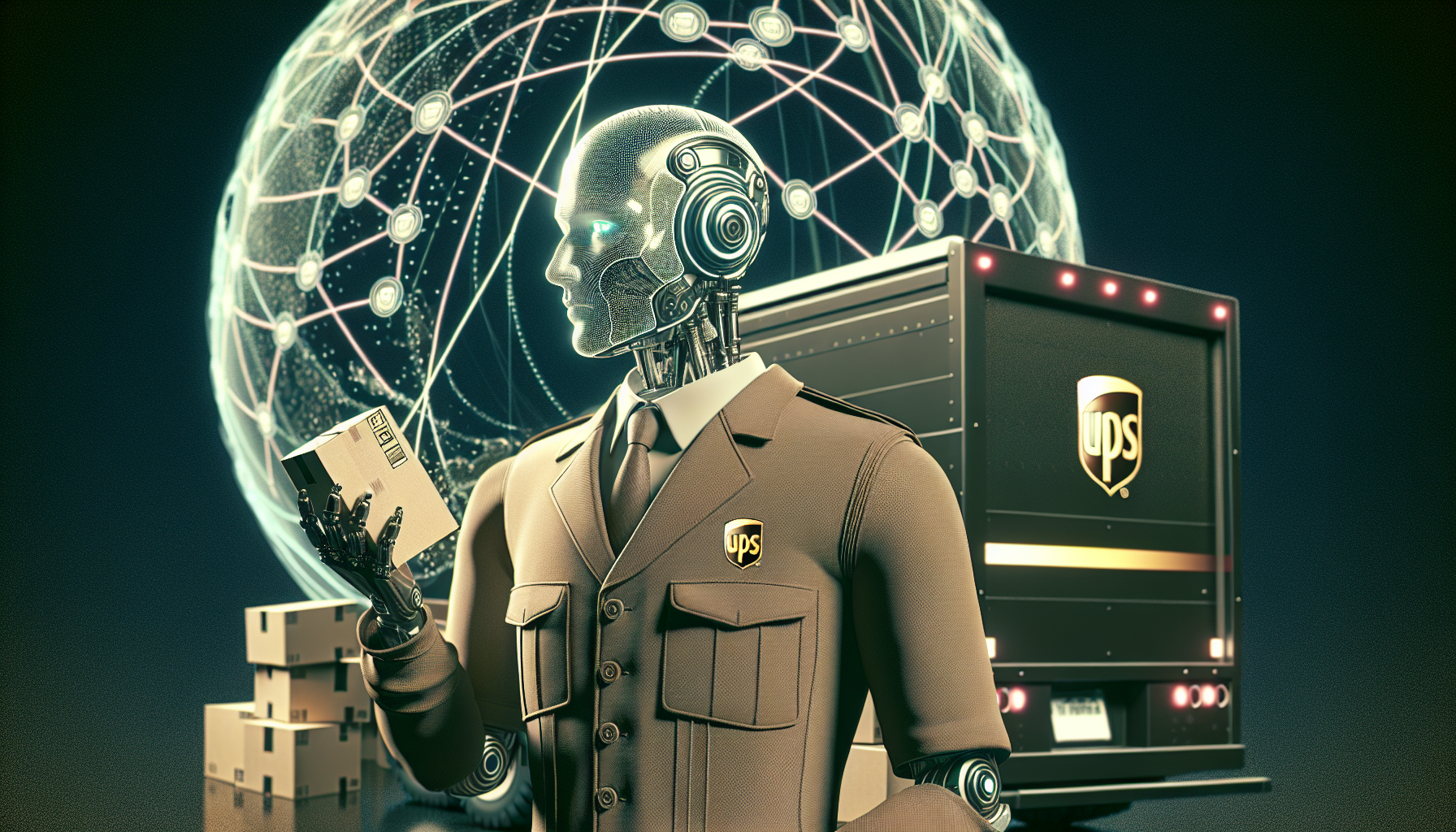In the world of logistics, change is on the horizon. UPS, one of the globe’s most recognized delivery companies, is exploring how humanoid robots might reshape its future. In close partnership with Figure AI—a startup dedicated to building advanced robots—UPS is studying how technology can solve persistent challenges like labor shortages and demanding, repetitive work.
Humans and Robots, Side by Side
Figure AI’s creation—the Figure 02—stands at 5 feet 6 inches and can lift up to 20 kilograms. Powered by advanced artificial intelligence, these robots are designed to move, navigate, and handle packages within environments originally built for people. Their purpose is clear: to take on tasks like sorting parcels and moving materials, lightening the load where human work is most repetitive and physically demanding.
The Road to Smarter Warehouses
The talks between UPS and Figure AI began in 2024, driven by the need for smarter, more flexible automation. UPS facilities already rely on hundreds of automated machines and specialized robots. Yet the promise of the Figure 02 lies in its versatility—it can operate alongside humans, adapt to changing workflows, and potentially unlock new levels of efficiency. This shift goes beyond simple machines. It asks: Can a robot built to move like us become a true partner in the supply chain?
Figure AI’s Expanding Role
The vision behind Figure AI is ambitious. The company has received a major investment—$675 million—to fuel its research. Partnering with big names like OpenAI and Microsoft, Figure AI is pushing the boundaries of what robots can do. Their robots are already at work in places like BMW’s plant in South Carolina, helping with material handling on factory floors.
These technologies are part of a larger wave sweeping through logistics and manufacturing. UPS is just one of many companies looking to harness robotics that are capable of more “human-like” tasks, seeking ways to blend technology and manpower.
Robotics Beyond UPS
Across the industry, new breakthroughs surface almost daily. SRI International has developed robot teams able to communicate and work directly with people, making interactions more natural and environments more adaptable. Meanwhile, innovations in artificial intelligence are giving rise to bionic hands with the sense of touch and grippers able to pick up delicate objects.
Each year, events like the Robotics Summit & Expo shine a spotlight on these advances. Yet, as remarkable as humanoid robots are, experts say they are still in the early stages. The path to widespread commercial use is filled with technical and practical hurdles.
The Challenges Ahead
UPS has not publicly detailed the terms or timeline of its collaboration with Figure AI. Much remains to be decided—how these robots will be integrated, what it will cost, and how it might affect current jobs. There are technical questions, too: How well can robots really adapt to the unpredictable nature of a bustling warehouse?
Still, the move signals a shift. Instead of relying solely on machines built for one job, companies like UPS are reaching for robotics with broader abilities, hoping to fill in gaps in the workforce and keep up with rising demand. If successful, Figure’s robots could show the way forward, not just for UPS but for the entire logistics industry.
Key Points at a Glance
- Figure 02 robots can walk, navigate, and handle objects in environments designed for humans.
- UPS’s ongoing automation includes partnerships with other robotics companies to improve speed and precision.
- Investment in humanoid robotics is rising, but making these robots reliable and scalable remains a challenge.
By embracing new technologies and fostering collaborations with robotics visionaries, UPS is taking bold steps toward the future of logistics. The journey is just beginning, but the potential to transform how goods move around the world has never felt more real.

Leave a Reply